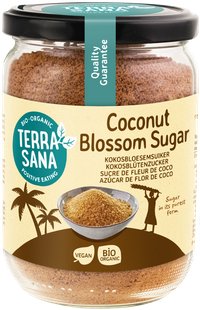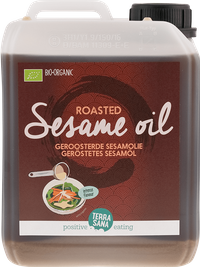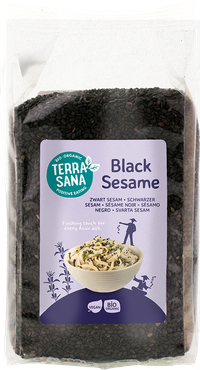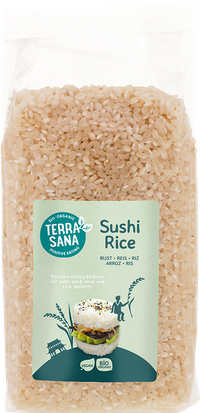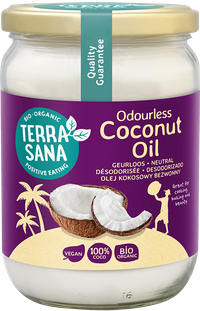Vegan bibimbap with tofu
What is bibimbap? Bibimbap is a trendy Korean dish that literally means "mixed rice". Think of it as a Korean version of the pokébowl or buddha bowl, but warm. Vegan bibimbap consists of a bowl of warm rice, a colorful collection of vegetables, tofu and a spicy gochujang sauce. To finish it off a dash of sesame oil and some kimchi if you like. If you are going to make a vegan bibimbap, you will soon end up with tofu or shiitake. The gochujang sauce (that's what it's all about) is often a bit soy sauce-like, in this recipe supplemented with sweet, sour and oil.
Bibimbap is super colorful and Instagrammable, super nutritious and easy to adapt to your diet. So get your friends together, get the photo props ready and enjoy the delicious flavors of Korean cuisine together!
This is how you make it
- Cook the sushi rice according to the instructions on the package.
- Crumble the tofu with your hands, but don't make the chunks too fine.
- Cut the carrots julienne. Cut the red onion into wafer-thin rings. Cut the bok choy into strips.
- Steam or boil the broccoli for 3-4 minutes.
- Meanwhile, mix the soy sauce, sesame oil, crushed garlic and coconut blossom sugar in a bowl.
- Fry the tofu in 2 tablespoons of oil in a frying pan until golden brown and crispy. Put the tofu in the bowl with the sauce and mix until the tofu is coated.
- Then briefly fry the red onion, carrot, bok choy and bean sprouts in the same frying pan. You prefer to keep the vegetables separate from each other, for a real bibimbap effect. Sprinkle with some salt if desired. Deglaze with a dash of mirin.
- Serve the rice in bowls and place the sauteed vegetables and tofu on top of the rice.
- Add gochujang sauce to taste and garnish with toasted (black) sesame seeds and fresh coriander (optional). Can't find organic gochujang? See below how you can easily make this yourself.
Tip(s)
- Garnish with (homemade) nori chips if desired.
- Can't find (organic) gochujang? Make it yourself! It's super simple. Mix 1 tbsp chilli powder, 1 tsp tamari, 1 clove crushed garlic, 1 tsp sesame oil, 1 tsp maple syrup in a bowl and divide over your bibimbap.

